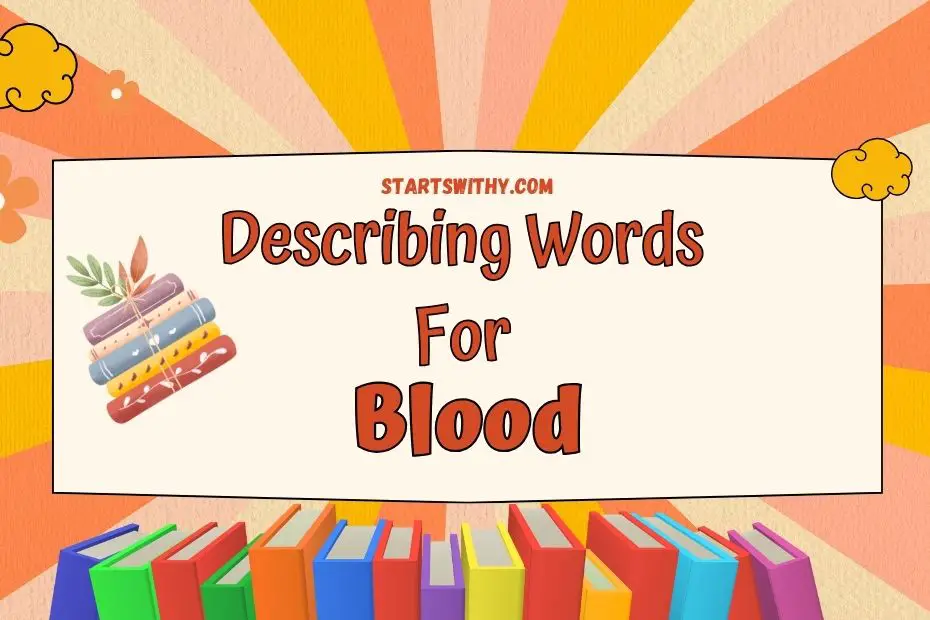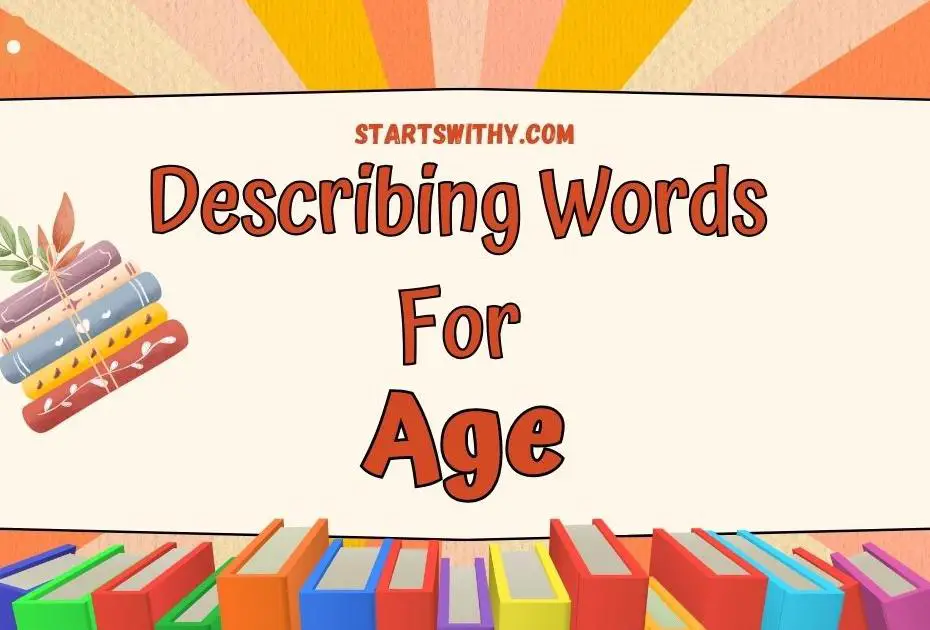Adjectives are the spice of language, adding flavor to the nouns they describe. I’ve always been fascinated by how these words can transform a simple sentence into a vivid picture. Whether it’s a descriptive adjective painting a scene with its colorful imagery, a numeric adjective quantifying the world around us, or a proper adjective derived from a proper noun, each type has its unique role.
Understanding the different types of adjectives is crucial for anyone looking to sharpen their writing skills. It’s not just about expanding vocabulary; it’s about choosing the right word to convey the exact shade of meaning you’re aiming for. So let’s dive into the vibrant world of adjectives and explore how descriptive, numeric, and proper adjectives can elevate our language.
Descriptive Adjectives
When I explain the concept of descriptive adjectives to my students or fellow educators, I focus on their ability to paint vivid pictures in our minds. These adjectives serve as the backbone of expressive language, offering color, size, and a myriad of sensory details that can bring a noun to life.
I’ve found that children respond best to examples that relate to their everyday experiences. Take the word “dog,” for instance. Without descriptive adjectives, it’s just a simple noun. Add words like “fluffy,” “energetic,” or “loyal,” and suddenly there’s a depth of understanding and a spark of interest. Describing a “gigantic, golden sun” instead of just “the sun” enhances their imaginative landscape significantly.
In educational settings, I utilize a variety of activities to strengthen the grasp of descriptive adjectives among young learners:
- Sorting games where students categorize words based on sensory attributes like taste, touch, or sight.
- Storytelling sessions that encourage the use of descriptive words to elaborate scenes and characters.
- Creating visual aids such as colorful adjective lists and posters for the classroom.
These methods not only reinforce the concept but also make learning an interactive and joyful pursuit. The key lies in presenting descriptive adjectives as building blocks for young minds to construct their unique expressions.
My experience has taught me that the use of these adjectives can be particularly empowering for children, aiding them in effectively communicating their thoughts and emotions. When kids are able to describe their world with words such as “whispering leaves” or “scrumptious cookies,” they’re not just speaking or writing — they’re connecting with their listeners and readers on an entirely new level.
It’s enriching to watch as young learners start to prefer precise and varied adjectives over vague ones, demonstrating their growing linguistic capability. The judicious use of descriptive adjectives lays a foundation for a lifetime of rich expression and communication.
Numeric Adjectives
When I discuss numeric adjectives, I’m delving into the part of speech that specifies quantity or order. These adjectives are indispensable when I need to convey how many of something exists or to depict the position of an item in a sequence. I find they’re particularly straightforward, making them a great starting point for youngsters who are just beginning to expand their vocabulary.
Numeric adjectives are categorized into two primary types: cardinal and ordinal numbers. Cardinal numbers denote quantity, such as:
- One
- Six
- Seventeen
These help children express precisely how many objects they’re referring to. For example, when a child says, “I have four balloons,” the word ‘four’ is a numeric adjective giving us information about the quantity of balloons.
Ordinal numbers, on the other hand, tell us about the order of things. They’re incredibly useful when I’m teaching youngsters about ranking or positioning. Here are a few examples:
- First
- Third
- Eleventh
These adjectives come in handy when organizing a classroom activity or even when kids are lining up. If a student says, “I finished second in the race,” the numeric adjective ‘second’ indicates their position in that sequence of events.
What’s equally important is the ability to recognize when to use each type of numeric adjective. I always advise teachers to incorporate a mix of real-life examples and playful activities to embed these concepts. Integrating numeric adjectives into everyday conversations is a natural way to reinforce their understanding. A simple practice could be asking children to count their steps as they walk to the playground or number their crayons while they’re coloring. It’s through these interactive experiences that children not only learn but also enjoy the process.
Engaging children with numeric adjectives doesn’t have to be confined to a traditional classroom setting. Real-world application exposes them to these terms in a context that sticks. For instance, when I take my kids grocery shopping, we talk about the quantity of apples we’d like to purchase or discuss the line sequence at the checkout counter, making the learning process tangible and immediate.
Proper Adjectives
Proper adjectives are a unique category that’s derived from proper nouns, usually names of places, people, or brands. These adjectives always start with a capital letter, just like their originating nouns. They help us be more specific in our description, setting apart the general from the unique. I often tell fellow educators that teaching proper adjectives offers an excellent opportunity to explore culture and geography with young learners.
When I introduce proper adjectives in my classroom, I begin with familiar proper nouns that the children already know. This approach makes the transition from ordinary nouns and adjectives to proper adjectives smoother for them. For example, we might start with the word “America.” Then I’d show them how “American” is the proper adjective when talking about things related to America, like “American food,” “American music,” or “American holidays.”
Creating a list of examples allows the children to see patterns and begin to formulate their own proper adjectives from proper nouns they encounter:
- China becomes Chinese
- Shakespeare becomes Shakespearean
- Mars becomes Martian
Incorporating real-life objects and visuals, like flags or items from different countries, enhances their understanding of these terms as they can directly associate the adjective with a tangible item. I also leverage stories and characters from various cultures to give proper adjectives a relevant context. When the children hear about the “Victorian era” in a story, they grasp the concept that it pertains to the time related to Queen Victoria.
The real trick is in making these connections consistent and relevant to their experiences. By tying proper adjectives to holidays, cultural events, and even brands they may recognize, the kids start to understand their usage naturally. It’s about building that bridge between a name they hear and the adjectives that describe something from or related to that name.
Interactive activities like matching games where kids pair proper nouns with their corresponding adjectives reinforce these lessons. I’ve seen great success with activities where the children create passports and fill them with proper adjectives from countries they “visit” during our classroom activities.
Remember, proper adjectives aren’t just about adding variety to language; they’re powerful tools for cultural education and awareness. They sharpen the children’s ability to observe and describe the world with precision, a skill that will benefit them across all areas of learning.
Conclusion
Mastering the different types of adjectives can significantly enhance your writing and communication skills. Whether you’re painting vivid pictures with descriptive adjectives, quantifying with numeric ones, or adding cultural depth with proper adjectives, each type has its unique role. I’ve shared how proper adjectives aren’t just stylistic choices—they’re gateways to a richer understanding of the world around us. Remember, language is a living thing, and the way we use adjectives can bring our conversations and stories to life. Keep practicing, and you’ll find your speech and writing blossoming with newfound expressiveness.



